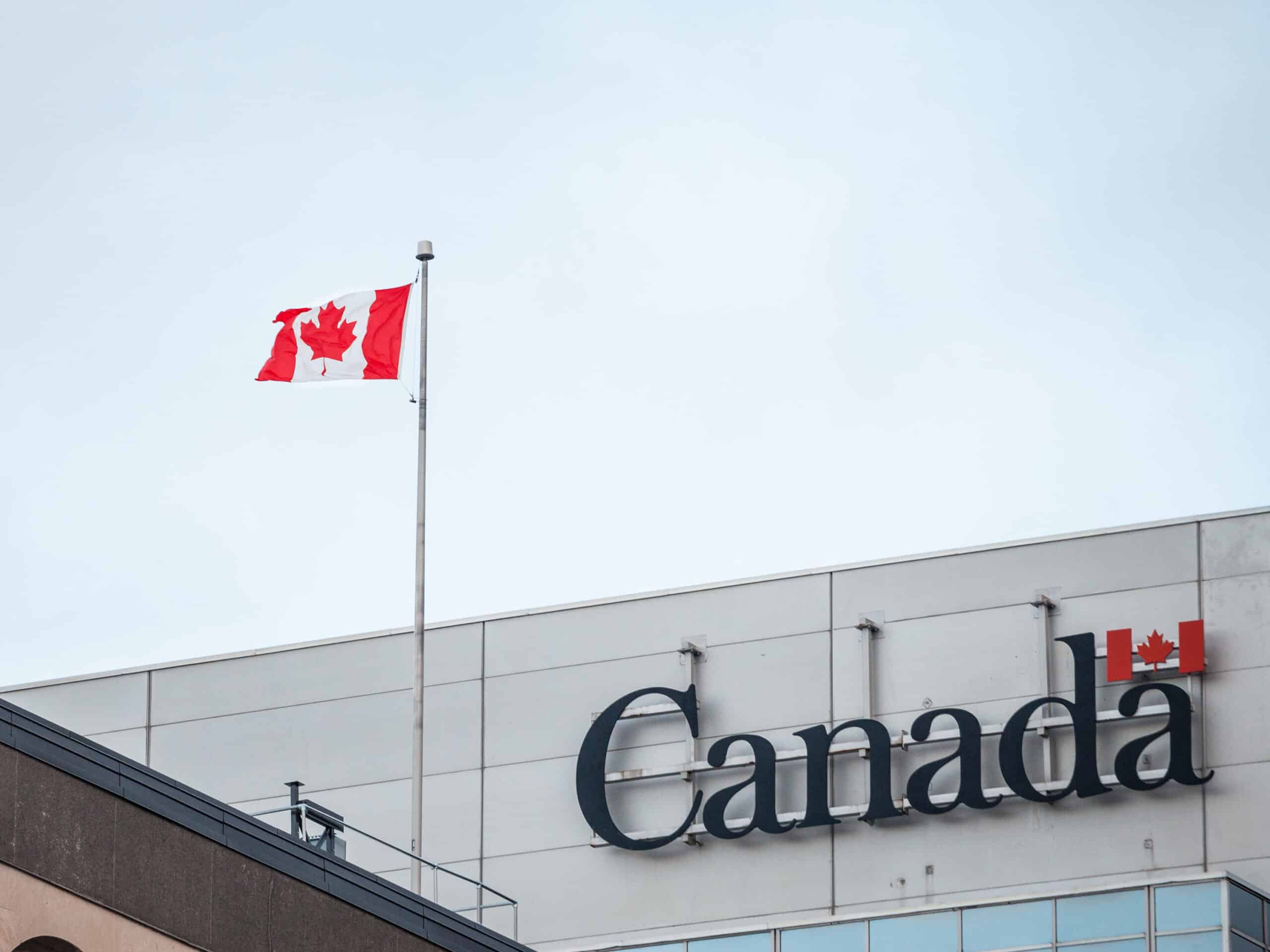
IRCC Backlog Shrinks for the First Time in Months
Table of Contents:
- Introduction: A Glimpse into IRCC’s Progress
- October 2024 Data: A Positive Shift
- Understanding IRCC’s Backlog
- Permanent Residency Applications: Key Statistics
- Temporary Residency Applications: Progress Made
- Citizenship Grant Applications: A Steady Path
- IRCC’s Measures to Address the Backlog
- Looking Ahead: Government’s Plan for Immigration Levels
- Conclusion: A Step Toward Streamlining Immigration Processes
1. Introduction: A Glimpse into IRCC’s Progress
The Immigration, Refugees, and Citizenship Canada (IRCC) has seen a notable reduction in its application backlog. As of October 31, 2024, the number of applications in IRCC’s inventory dropped by 3.73% from the previous month. This marks a significant shift after months of steady backlog increases, offering hope for a more efficient processing system in the future.
2. October 2024 Data: A Positive Shift
As of the end of October 2024, IRCC’s backlog stands at 1,056,100 applications, down from 1,097,000 at the end of September. In total, the department has 2,406,000 applications in its inventory, with 1,349,900 applications being processed within service standards, reflecting a decrease in both total applications and those being processed on time compared to the previous month.
3. Understanding IRCC’s Backlog
An application is categorized as part of the backlog if it exceeds the department’s published service standards. These standards set the acceptable timelines for processing applications. IRCC aims to process at least 80% of applications within these service standards. However, with the volume of applicants exceeding available processing spots, delays and extended processing times often occur.
4. Permanent Residency Applications: Key Statistics
For permanent residency, 830,300 applications were in the IRCC inventory at the end of October. Of these, 519,200 (63%) were processed within the designated service standards, leaving 311,100 in the backlog.
Among these, there was an increase in the backlog for Express Entry applications, which rose to 19% (up from 17% in September), but this still remained within the acceptable limit of 20%. Express Entry-aligned Provincial Nominee Programs (PNP) saw their backlog increase to 25%, surpassing the projected 20% backlog. Family sponsorships for spouses, partners, and children stayed steady at 15%, in line with the target backlog.
5. Temporary Residency Applications: Progress Made
Temporary resident applications have also seen improvements. Of 1,351,600 total applications, 644,900 (48%) were processed within service standards. Notably, the percentage of applications processed on time for study permits rose to 74% from 72% in September. The study permit backlog decreased to 33% (from 36%), while the work permit backlog saw a marginal reduction, dropping from 47% to 46%.
For a free consultation about your work permit and student permit options, reach out to the CAD IMMIGRATION today!
6. Citizenship Grant Applications: A Steady Path
Citizenship applications have remained steady within their target percentage since November 2023. As of October, the backlog stands at 17%, unchanged from the previous month, continuing to meet the department’s processing standards.
7. IRCC’s Measures to Address the Backlog
The federal government has taken several actions to address the backlog. A key development came in October with the release of the Immigration Levels Plan, which outlines reduced targets for permanent resident admissions over the next three years. This adjustment aims to ease pressure on the system and help reduce the backlog.
IRCC has also introduced initiatives such as virtual citizenship ceremonies, online application status portals, and the Study Permit Pilot Project, which will streamline the judicial review process for rejected study permit applications. This initiative is expected to reduce processing times from 14-18 months to under five months, improving overall efficiency.
8. Looking Ahead: Government’s Plan for Immigration Levels
The government’s Immigration Levels Plan for the coming years includes lower targets for both permanent and temporary resident admissions. While this adjustment may result in fewer admissions, it is seen as a strategic move to reduce the backlog and bring more efficiency to the immigration process. These changes reflect the government’s commitment to ensuring smoother processing times and improved service for applicants.
9. Conclusion: A Step Toward Streamlining Immigration Processes
October’s data marks an encouraging development for the IRCC, with a 3.73% reduction in the backlog signaling progress after months of increases. As Canada continues to refine its immigration system, these changes, coupled with the government’s strategic measures, are expected to result in a more streamlined process for applicants. The overall goal remains clear: to process applications in a timely and efficient manner, benefiting both applicants and the Canadian immigration system as a whole.
For a free consultation about your work permit and student permit options, reach out to the CAD IMMIGRATION today!





